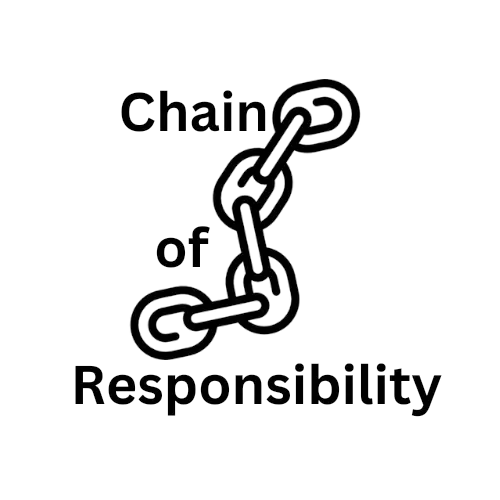Design Pattern: Chain of Responsibility Pattern in PHP
Chain of Responsibility pattern gives responsibility of a process handling to more than one object(a chain of objects) so that the sender and receiver of the request remains decoupled. The chain of objects pushes the processing to the next step until the processing is complete. This article demonstrates Chain of Responsibility pattern implementations in PHP.

